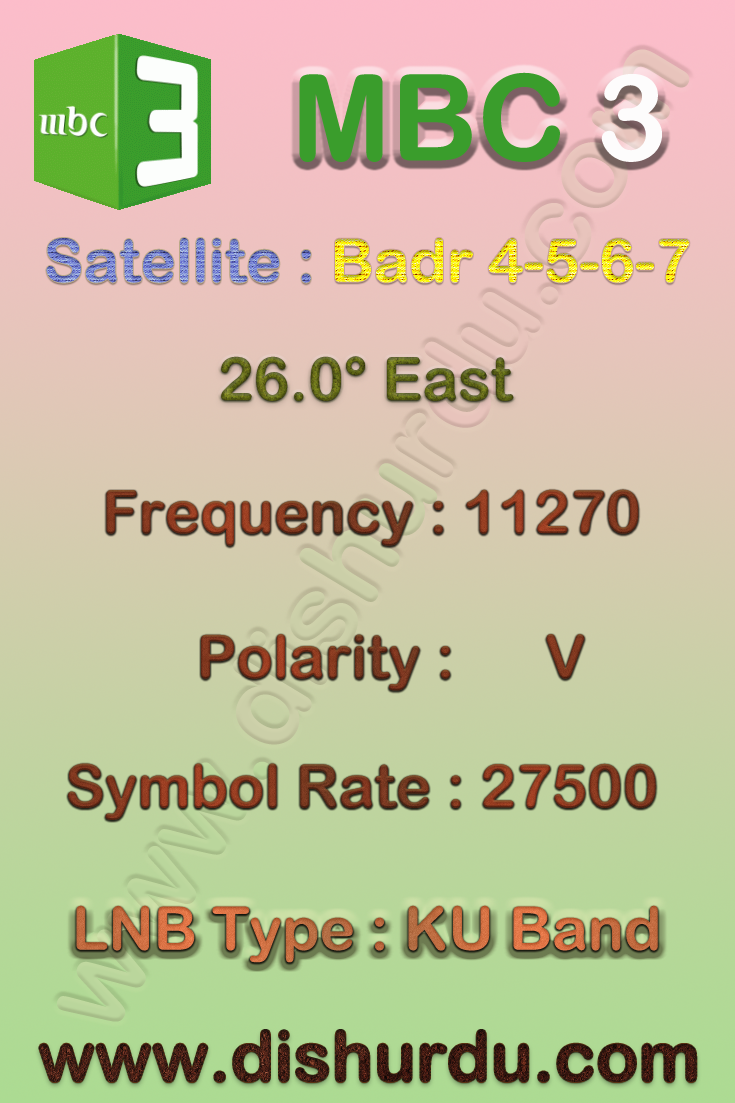Ku Band Satellite Frequency Chart

Ku band 12 18 ghz used for satellite communications.
Ku band satellite frequency chart. Ka 18 31 ghz. 14 000 14 500 dbs. This 500 mhz bandwidth is divided into 12 channels of 36 mhz bandwidth. Dbs direct broadcast satellite consumer direct to home satellite tv fss fixed satellite service geostationary comms satellites for tv radio stations and networks.
20 ku tps and 9 c tps and 1 l tp. Ku band satellite will have 14 to 14 5 ghz range in the uplink and 11 7 to 12 2 ghz frequency range in the downlink. 30 300. Ka band dishes can be much smaller and typically range from 60cm 1 2m 2 to 4 in diameter.
36 51 4. In radar applications it ranges from 12 to 18 ghz according to the formal definition of radar frequency ban. 17 300 17 800. 16 ku tps and 4 c tps.
We use cookies to improve website performance facilitate information sharing on social media and offer advertising tailored to your interests. 11 700 12 200 dbs. 4mhz of guard bands incorporated in between this channels to minimize adjacent channel interference. Transmission power is much greater compared to the c x or ku band beams.
With few exceptions every channel here is a 24 hour channel not just an occasional feed. In europe ku band downlink is used from 10 7 ghz to 12 75 ghz for direct broadcast satellite services such as astra. Satellite applications include fss bss and mss. What s the difference between ka and ku band frequencies.
Fss stands for fixed. Here is the big list of every channel that s available on ku band just about anywhere in the united states and canada. Sirius xm 5. Sometimes you ll see the same channel on more than one satellite or even twice on the same one.
The ka band k band above is primarily used for two way consumer broadband and military networks. Ka tps and ku tps and c tps and l tps will be co located with measat 3b. The symbol is short for k under because it is the lower part of the original nato k band which was split into three bands because of the presence of the atmospheric water vapor resonance peak at 22 24 ghz which made the center unusable for long range transmission. As mentioned above c band satellite will have about 500 mhz of bandwidth between upper and lower frequency limits.
The ku band is the portion of the electromagnetic spectrum in the microwave range of frequencies from 12 to 18 gigahertz. Get from ku band to the l band you would use 10750 mhz as a local oscillator mixer frequency and to get from c band down to l band you would use 5150 mhz as a local oscillator mixer to down convert to l band.


















